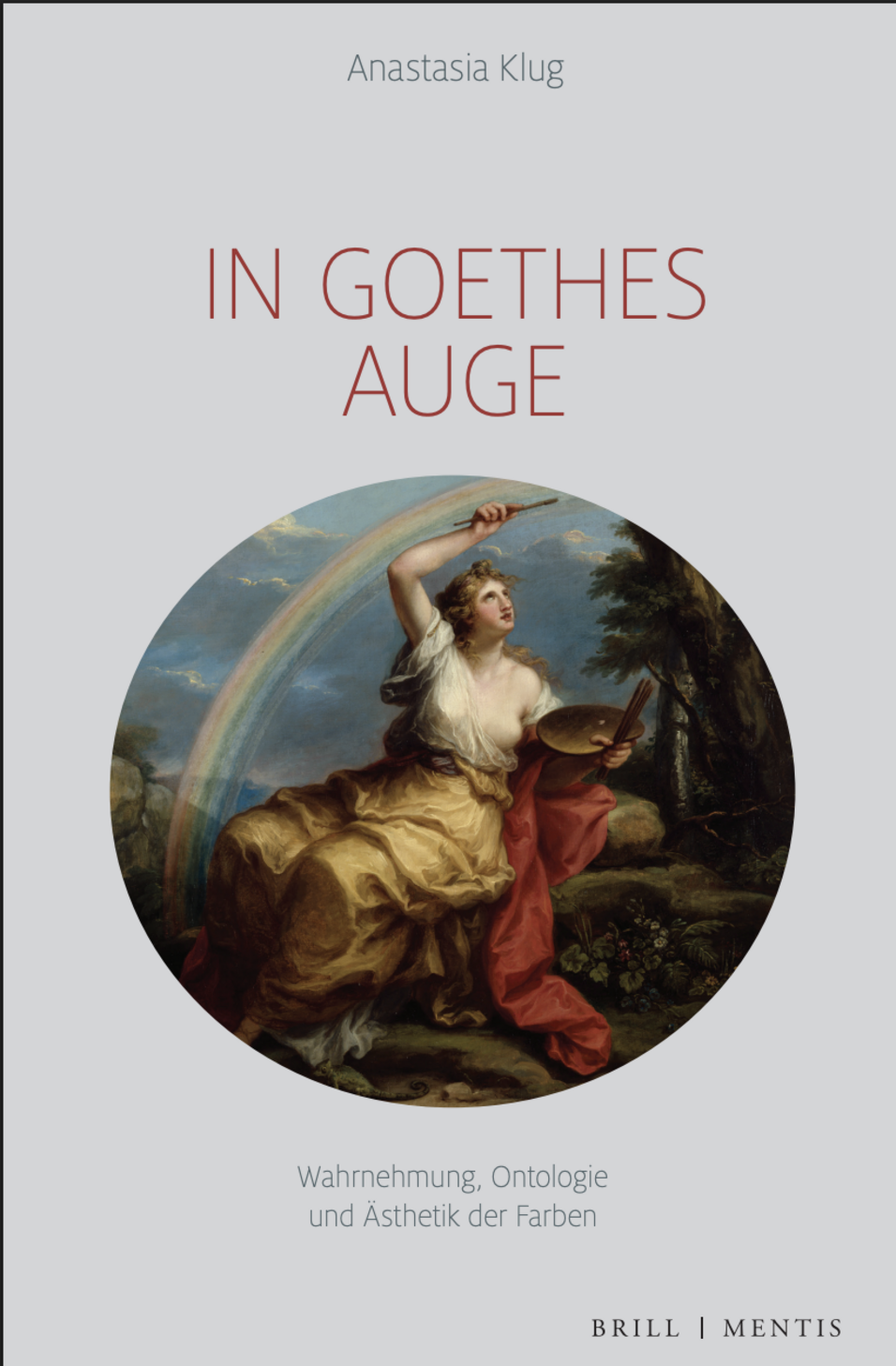In Goethes Auge - Perception, Ontology and Aesthetics of Colours – A Book Presentation
Anastasia Klug (Humboldt Universität Berlin)
When: 11:00-13:00 - Wednesday 28 May 2025
Where: Room B0305, Neues Institutsgebäude (NiG), Universitätsstraße 7, 1010 Wien
Language : Englisch
Abstract:
Goethe spent many years working on colours, about the way we perceive them, the way they appear in nature, and the way they can be conceptualized from a physical point of view. In 1810 he published his Theory of Colours (Farbenlehre), a non-classificable work about the nature of colours, and, last but not least, their aesthetical value. Indeed, Goethe was primarly interested into colours for aesthetical reasons, even if the scientifical debate about the nature of light plays a decisive role in his investigations. He famously attacked Newton’s theory about the physical heterogeneity of white light and postulated instead that what makes colours appear, is what he calls the polarity between light and darkness. Through the years, this theory led him to the idea that colours can form complementary couples that are particularly harmonious, i.e. that are able to produce valuable aesthetical effects. In Goethes Auge – Wahrnehmung, Ontologie und Ästhetik der Farbe analyses Goethe’s conceptualization of colours as an autonomous aesthetical mean, which permits a radical new artistical use. This publication shows both the originality and the philosophical importance of Goethe’s way to understand colours. What is at stake is the link between perception, which implies a material point of view, and aesthetical judgement in the sense of Kant and Schiller, which is something more than a mere well-being sensation. Goethe’s approach reveals itself as an original position in the German philosophical landscape, characterized by idealism: his Theory of Colours replaces the human being in the nature and its material dimension, without sacrificing or reducing the spiritual side of human existence.

